Introduction
In an age where our schedules are busier than ever, the way we consume television has dramatically evolved. Enter Catch Up IPTV—the modern solution to the age-old problem of missing your favorite shows. With its ability to let viewers watch programs at their convenience, it raises an intriguing question: Can Catch Up IPTV really compete with Traditional TV in the binge-watching arena? In this article, we’ll dive into the key differences, advantages, and disadvantages of both options, helping you decide which one reigns supreme in your viewing experience.
Understanding Catch Up IPTV
Catch Up IPTV (Internet Protocol Television) allows viewers to watch previously aired content on demand. This technology streams programs over the internet, providing flexibility and a vast library of shows at your fingertips. Services like Hulu, BBC iPlayer, and YouTube TV offer robust catch-up options, making it easy to access episodes at any time.
Benefits of Catch Up IPTV:
- On-Demand Access: Watch what you want, when you want. Missed a crucial episode? No problem! Just log in and catch up.
- Flexible Viewing: No more rigid schedules. Whether you prefer to binge-watch an entire season in one sitting or enjoy an episode here and there, the choice is yours.
- Diverse Content Library: Many IPTV services offer a mix of live TV and an extensive library of past shows, documentaries, and movies.
- Multi-Device Compatibility: Watch on your TV, tablet, or smartphone, allowing you to enjoy your favorite content anywhere, anytime.
The Case for Traditional TV
While Catch Up IPTV offers undeniable benefits, Traditional TV still has its own set of loyal fans. Traditional broadcasting is the original way to enjoy television, with scheduled programming that many viewers appreciate.
Advantages of Traditional TV:
- Live Viewing Experience: There’s something exhilarating about watching a show or sporting event as it happens. The communal experience can’t be replicated with catch-up services.
- Less Technical Complexity: With Traditional TV, there’s no need to navigate apps or worry about internet connectivity—just turn on the set and tune in.
- Fewer Subscription Fees: Depending on the service, some viewers may find that a simple cable package is more cost-effective than multiple IPTV subscriptions.
Key Differences in the Binge-Watching Battle
- Content Accessibility: Catch Up IPTV allows you to revisit content at your leisure, while Traditional TV operates on a fixed schedule.
- User Control: With IPTV, you have complete control over what to watch and when. Traditional TV requires you to adjust your schedule to fit the broadcast times.
- Cost Considerations: Although IPTV services often come with monthly fees, they may offer more affordable options when bundled compared to high-priced cable packages.
Tips for Choosing the Right Option for You
- Assess Your Viewing Habits: If you often find yourself missing shows due to your busy schedule, Catch Up IPTV is likely the better choice.
- Consider Live Events: If live sports or real-time events are essential for you, Traditional TV may have the edge.
- Evaluate Your Budget: Calculate the total cost of cable versus multiple IPTV subscriptions to see which aligns with your budget.
- Test Before Committing: Many IPTV services offer free trials. Take advantage of these to see if the platform meets your needs before making a long-term commitment.
Conclusion
As we move further into a digital era, the battle between Catch Up IPTV and Traditional TV will likely continue to evolve. Each option has its unique strengths and weaknesses, making the choice highly personal. Whether you lean toward the flexibility and on-demand nature of Catch Up IPTV or the familiarity and immediacy of Traditional TV, understanding your own viewing preferences is key to maximizing your entertainment experience. Embrace the option that suits you best, and get ready for countless hours of binge-watching bliss!

